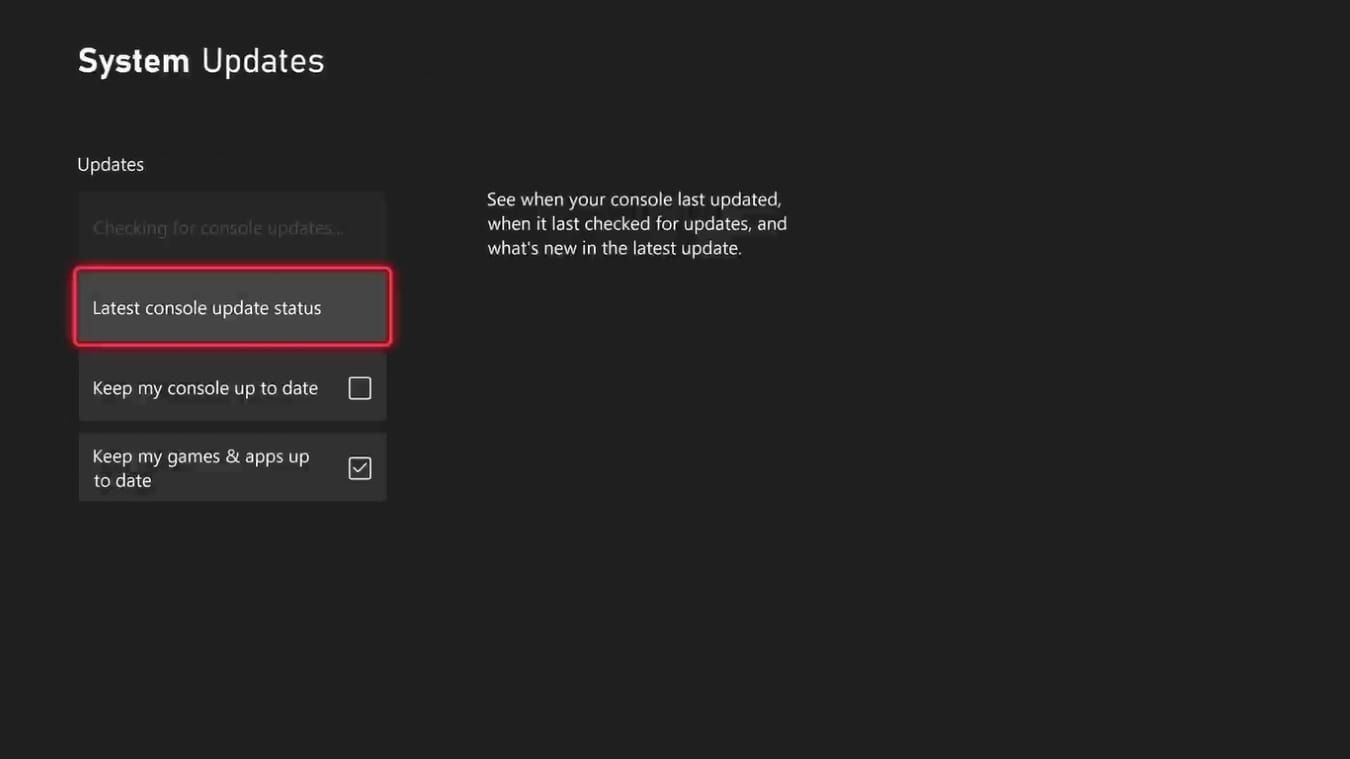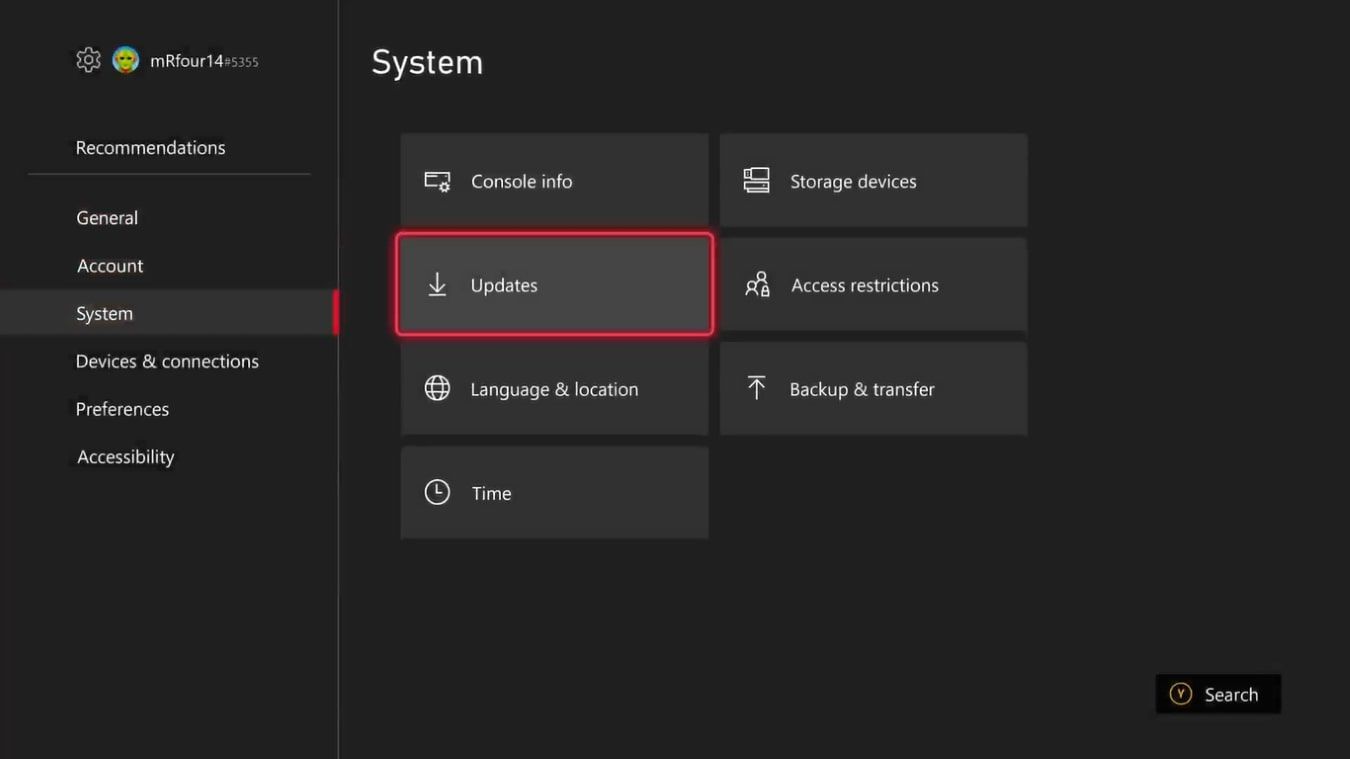
The Ever-Evolving Console: A Look at the History, Impact, and Future of Console Updates
Console gaming, once a plug-and-play experience defined by cartridges and limited functionality, has undergone a radical transformation. A key driver of this evolution is the concept of the console update, a now ubiquitous feature that has reshaped how we interact with our gaming machines and the games we play on them. From bug fixes and performance enhancements to entirely new features and services, console updates have become an integral part of the modern gaming landscape. This article delves into the history, impact, and potential future of console updates, exploring their significance in shaping the console experience as we know it.
The Pre-Internet Era: A Static Experience
In the early days of console gaming, the idea of updating a console was largely unheard of. Games were burned onto ROM cartridges, and consoles were designed to read and execute that code. What you bought was what you got. Any bugs or glitches in a game were permanent, often becoming infamous and even endearing quirks within the gaming community. Consoles themselves were relatively static devices, with limited functionality beyond playing games. There were no online services, no downloadable content, and no way for manufacturers to alter the core software after release.
This era was characterized by a certain finality. Games were released in a (hopefully) polished state, and developers had to rely on meticulous testing and quality assurance to ensure a stable and enjoyable experience. Patches were a distant dream, and any errors that slipped through the cracks were destined to become part of the game’s legacy.
The Dawn of Connectivity: A New Era Begins
The arrival of the internet and broadband connectivity revolutionized the gaming industry. With consoles gaining the ability to connect to the internet, a whole new world of possibilities opened up, including the potential for updates. The Sega Dreamcast, released in 1998, was arguably the first console to truly embrace online connectivity, offering online multiplayer and web browsing. However, its update capabilities were limited compared to modern consoles.
It was the sixth generation of consoles, particularly the Microsoft Xbox (2001) and the Sony PlayStation 2 (2000), that truly ushered in the era of console updates. The Xbox, with its built-in hard drive and Xbox Live online service, was a pioneer in this regard. Microsoft could push out system updates to fix bugs, improve performance, and even add new features to the console’s dashboard. The PlayStation 2, while initially relying on memory cards for game saves, eventually gained online capabilities through the Network Adaptor, allowing for game updates and online multiplayer.
These early console updates were relatively rudimentary compared to what we see today. They were often focused on addressing critical bugs or security vulnerabilities, and the process could be cumbersome, requiring users to download updates to a PC and then transfer them to the console. However, they represented a significant step forward, providing manufacturers with the ability to improve the user experience and extend the lifespan of their consoles.
The Seventh Generation and Beyond: Updates Become Essential
The seventh generation of consoles, consisting of the Xbox 360 (2005), PlayStation 3 (2006), and Nintendo Wii (2006), cemented console updates as an essential part of the gaming ecosystem. All three consoles featured robust online services and regular system updates.
The Xbox 360 and PlayStation 3, in particular, saw a dramatic increase in the frequency and scope of updates. These updates addressed a wide range of issues, from game compatibility problems and security vulnerabilities to performance improvements and new features. The Wii, while less focused on online features than its competitors, also received updates to improve stability and add functionality.
This generation also saw the rise of downloadable content (DLC), which further blurred the lines between the original game and the evolving experience. DLC allowed developers to add new content, features, and even entire storylines to games after their initial release, effectively extending the lifespan of the game and providing players with ongoing value. Console updates were often necessary to support new DLC, ensuring compatibility and stability.
The Modern Era: A Seamless and Constant Evolution
The current generation of consoles, the PlayStation 5 and Xbox Series X/S, has taken console updates to a new level of sophistication. These consoles are designed from the ground up with online connectivity and updates in mind, offering a seamless and almost invisible update experience.
Updates are now typically downloaded and installed automatically in the background, minimizing disruption to the user’s gaming experience. These updates are far more comprehensive than in previous generations, addressing everything from minor bug fixes to major performance enhancements, new features, and even entirely new services.
The advent of cloud gaming services like Xbox Game Pass and PlayStation Plus Premium has further emphasized the importance of console updates. These services rely on a constant stream of new games and features, requiring regular updates to the console’s software to ensure compatibility and a smooth user experience.
The Impact of Console Updates: A Double-Edged Sword
Console updates have had a profound impact on the gaming industry, both positive and negative. On the positive side, they have:
- Improved Stability and Performance: Updates allow manufacturers to fix bugs, optimize performance, and address security vulnerabilities, resulting in a more stable and enjoyable gaming experience.
- Extended Console Lifespans: By adding new features and services, updates can keep consoles relevant and competitive for longer, extending their lifespan and providing players with ongoing value.
- Enabled New Features and Services: Updates have made possible the introduction of online multiplayer, downloadable content, cloud gaming services, and other innovative features that have revolutionized the gaming industry.
- Enhanced Game Experiences: Game updates can fix bugs, improve gameplay, and add new content, enhancing the overall gaming experience and providing players with ongoing value.
- Improved Accessibility: Updates can add accessibility features, such as customizable controls and text-to-speech functionality, making gaming more inclusive for players with disabilities.
However, console updates also have potential downsides:
- Forced Updates and Data Collection: Some users are concerned about forced updates, which can disrupt their gaming experience and potentially introduce unwanted changes. Additionally, concerns exist about data collection practices associated with updates and the privacy implications of sharing user data with manufacturers.
- Bricking Potential: Although rare, there is always a risk of a failed update "bricking" a console, rendering it unusable. While manufacturers typically provide recovery tools, this can be a frustrating and time-consuming experience.
- Dependence on Internet Connectivity: Console updates require a stable internet connection, which can be a barrier for users in areas with limited or unreliable internet access.
- Feature Removal: While updates often add features, they can also remove them, sometimes due to licensing issues or changes in the platform’s direction. This can be frustrating for users who relied on those features.
- Day-One Patches: The reliance on updates has sometimes led to a culture of releasing games with significant bugs, with the expectation that they will be fixed with a "day-one patch." This can result in a disappointing initial experience for players who purchase the game at launch.
The Future of Console Updates: A Glimpse into Tomorrow
The future of console updates is likely to be characterized by even greater integration, automation, and personalization. We can expect to see:
- More Proactive Updates: Consoles may become even more proactive in identifying and addressing potential issues before they affect users, potentially through machine learning and predictive analytics.
- More Granular Control: Users may gain more control over which updates are installed and when, allowing them to customize their console experience and avoid unwanted changes.
- Personalized Updates: Updates may become more personalized, tailoring the experience to the individual user’s preferences and gaming habits.
- Integration with Cloud Services: Console updates will likely become even more closely integrated with cloud gaming services, enabling seamless streaming and cross-platform play.
- Focus on Accessibility: We can expect to see a continued focus on accessibility features in console updates, making gaming more inclusive for players with disabilities.
- Enhanced Security: As cyber threats become more sophisticated, console updates will play an increasingly important role in protecting users from malware and other security risks.
In conclusion, console updates have transformed the gaming landscape, moving us from a static, cartridge-based experience to a dynamic, ever-evolving ecosystem. While there are potential downsides to consider, the benefits of updates in terms of stability, performance, features, and accessibility are undeniable. As technology continues to advance, we can expect console updates to become even more sophisticated and integrated, shaping the future of gaming in ways we can only begin to imagine. The console, once a fixed entity, is now a living, breathing platform constantly adapting to the needs and desires of its players.

